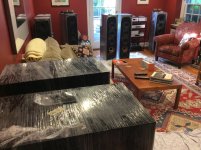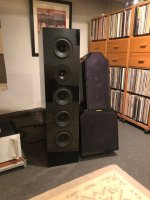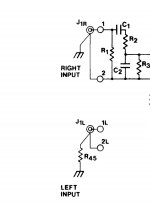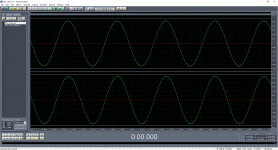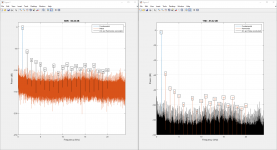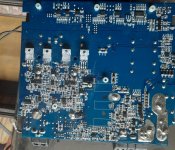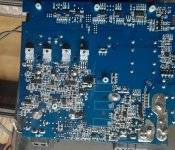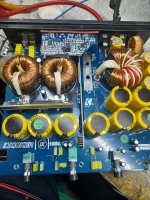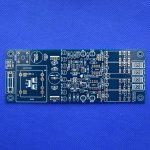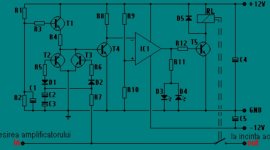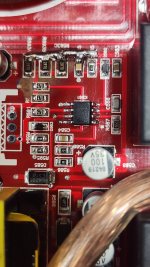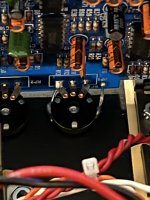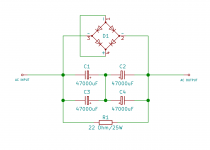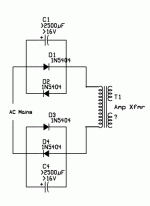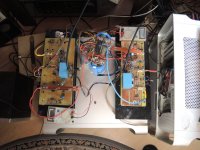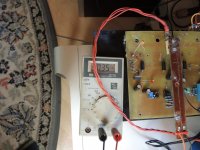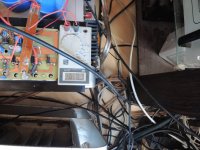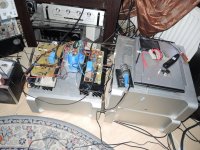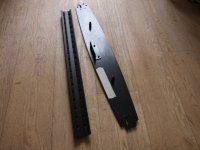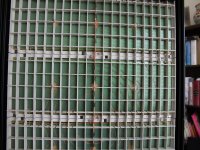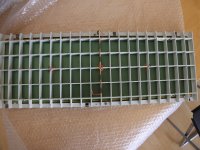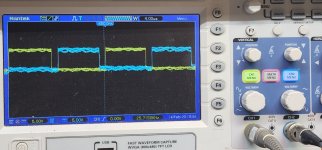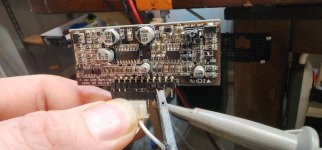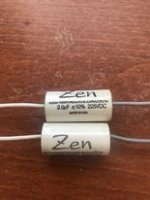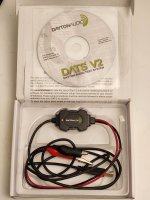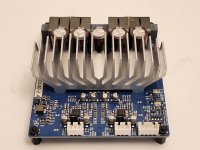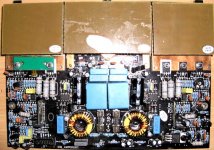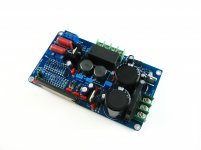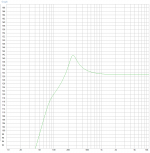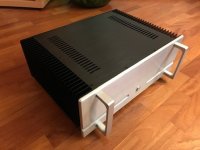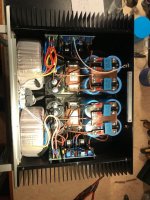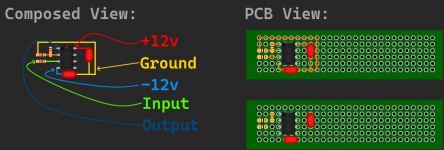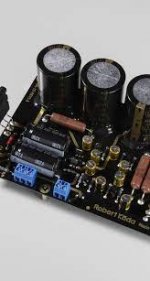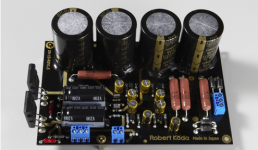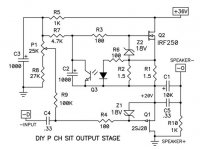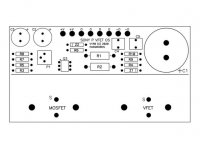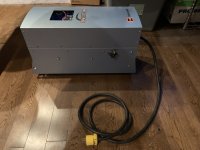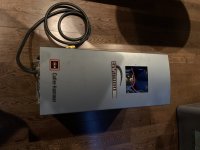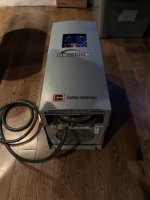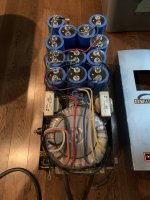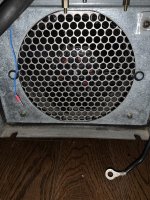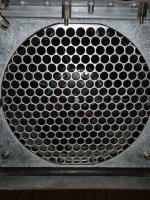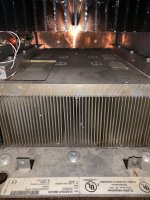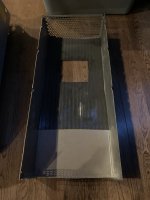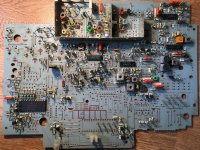-
Locked
Elsinore Mk 6 Cabinets for Sale
Folks:
I hosted an Elsinore speaker building project during the Summer of 2018, during which four pairs of Elsinores were completed (see the write-up at Post #2407: https://www.diyaudio.com/community/threads/the-elsinore-project-thread.97043/page-121#post-5690827). This is the Mk 6 version of Joe Rasmussen's Elsinore design. The cabinets were professionally manufactured in a furniture-making factory and finished in beautiful piano black. They sport a few extra features, including a tool-less removable panel to access the crossover space (which is enormous), a removable crossover board, threaded inserts and neodymium magnets embedded in the front panel (to hold a grill in place). What I didn't mention in my write-up was that one extra set of cabinets were produced. That pair of cabinets has been on display since then as evidence of the quality of work the factory can produce. The cabinets are in excellent shape and are now up for sale.
The photos below were taken during the build in my living room and do not include the pair of cabinets for sale now, but the pair for sale is identical to the ones in the photos.
The Elsinore cabinets are not going to be shipped -- creating shipping containers for them is far too much work -- so local pick-up in the Northeast region of Philadelphia, PA will be required. Sorry, but if you want them, you have to come get them. In something big.
Asking price is $1,250 for the pair. Please PM me if interested.
I hosted an Elsinore speaker building project during the Summer of 2018, during which four pairs of Elsinores were completed (see the write-up at Post #2407: https://www.diyaudio.com/community/threads/the-elsinore-project-thread.97043/page-121#post-5690827). This is the Mk 6 version of Joe Rasmussen's Elsinore design. The cabinets were professionally manufactured in a furniture-making factory and finished in beautiful piano black. They sport a few extra features, including a tool-less removable panel to access the crossover space (which is enormous), a removable crossover board, threaded inserts and neodymium magnets embedded in the front panel (to hold a grill in place). What I didn't mention in my write-up was that one extra set of cabinets were produced. That pair of cabinets has been on display since then as evidence of the quality of work the factory can produce. The cabinets are in excellent shape and are now up for sale.
The photos below were taken during the build in my living room and do not include the pair of cabinets for sale now, but the pair for sale is identical to the ones in the photos.
The Elsinore cabinets are not going to be shipped -- creating shipping containers for them is far too much work -- so local pick-up in the Northeast region of Philadelphia, PA will be required. Sorry, but if you want them, you have to come get them. In something big.
Asking price is $1,250 for the pair. Please PM me if interested.

